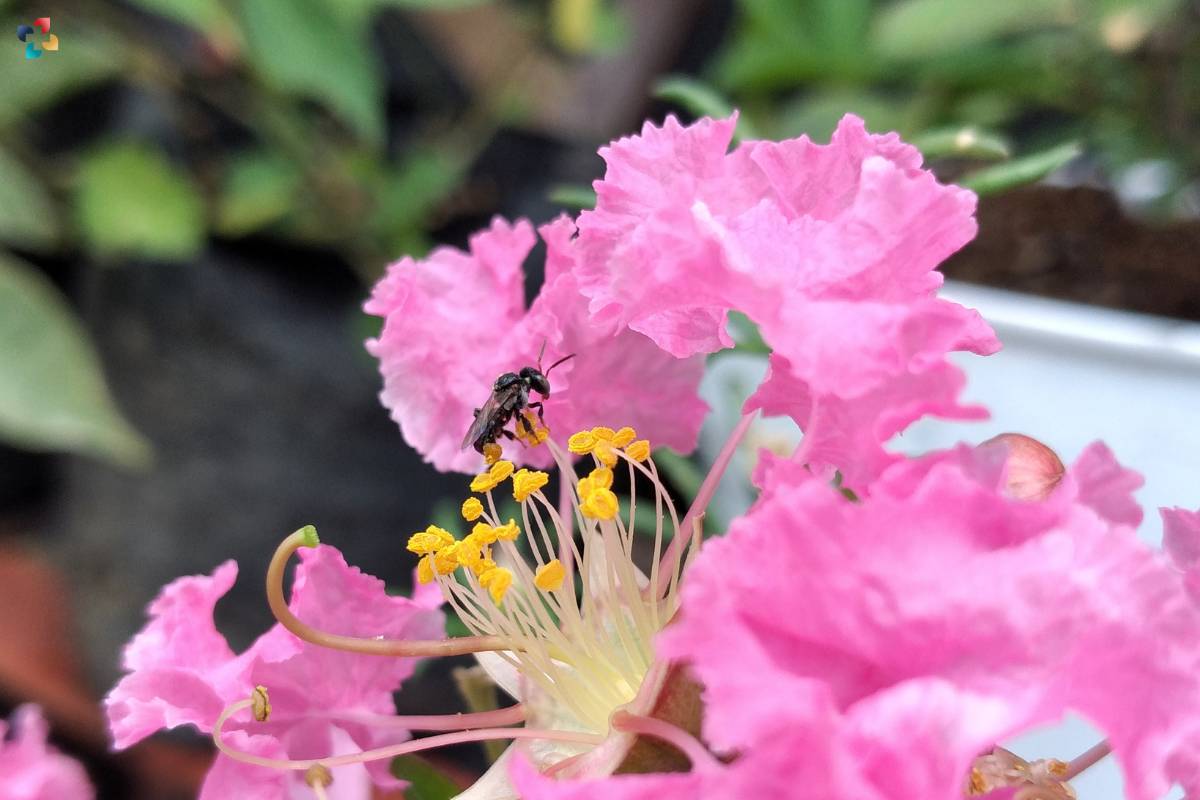A key idea in ecology and evolutionary biology, mutualism describes the symbiotic relationship that exists between several species in which both sides gain from their cooperation. The complex interactions amongst organisms emphasize how ecosystems are interrelated and how cooperation is crucial to ecological processes. We explore the fundamentals, workings, and ecological importance of mutualism in this thorough guide, illuminating its significant effects on ecosystem resilience, biodiversity, and human welfare.
Section 1: Defining Mutualism
A. Understanding Mutualistic Relationships:
Mutualism entails a mutually beneficial interaction between two or more species, where each participant receives a net positive outcome. Unlike parasitism or predation, where one organism benefits at the expense of another, mutualistic interactions foster cooperation and reciprocity, enhancing the fitness and survival of all parties involved.
B. Key Characteristics of Mutualism:
- Reciprocity: Mutualistic relationships are characterized by reciprocity, where both partners contribute to and derive benefits from the interaction.
- Specificity: Mutualistic interactions are often species-specific, with each partner adapted to fulfill specific roles and requirements within the relationship.
- Fitness Advantage: It confers a fitness advantage to participating organisms, enabling them to access essential resources, enhance reproductive success, and expand ecological niches.
Section 2: Mechanisms of Mutualism
Mutualistic interactions are sustained by intricate mechanisms that facilitate cooperation and mutual benefit between participating species. From resource exchange to coevolutionary dynamics, these mechanisms underpin the stability and resilience of mutualistic relationships. In this section, we delve into the diverse mechanisms that drive mutualism, shedding light on the evolutionary processes, behavioral adaptations, and ecological strategies that shape these symbiotic partnerships. By understanding the underlying mechanisms of mutualism, we can gain deeper insights into the dynamics of ecological communities and the fundamental principles of cooperation in nature.
A. Resource Exchange:

Mutualistic relationships often involve the exchange of resources, such as nutrients, shelter, or protection, between participating species. These resource exchanges may take various forms, including symbiotic partnerships, mutual grooming, or cooperative foraging behaviors.
B. Coevolutionary Dynamics:
Coevolution plays a crucial role in shaping mutualistic interactions, driving the reciprocal adaptations and specialization observed in many mutualistic partnerships. Over time, participating species may evolve traits and behaviors that enhance their mutualistic relationship, leading to greater mutual dependence and coadaptation.
C. Partner Choice and Maintenance:
Mutualistic partners may engage in selective partner choice to maximize the benefits derived from their association. Mechanisms such as partner fidelity feedback, where successful interactions reinforce future cooperation, help maintain mutualistic relationships over time.
Section 3: Ecological Significance of Mutualism
Mutualism plays a pivotal role in shaping ecosystems and sustaining biodiversity, with far-reaching implications for ecological stability and resilience. By fostering species coexistence, promoting nutrient cycling, and enhancing ecosystem services, mutualistic interactions contribute to the functioning and integrity of natural systems. In this section, we explore the ecological significance of mutualism, highlighting its profound impact on ecosystem dynamics, nutrient flow, and adaptation to environmental change. Through a deeper understanding of the ecological significance of mutualism, we can appreciate the intricate web of relationships that underpins the diversity and resilience of life on Earth.
A. Biodiversity and Ecosystem Stability:

Mutualism contributes to biodiversity by fostering species coexistence and promoting niche diversification. As key drivers of ecosystem function, mutualistic interactions play a vital role in maintaining ecosystem stability, resilience, and productivity.
B. Nutrient Cycling and Ecosystem Services:
Many mutualistic relationships facilitate essential ecosystem processes, such as nutrient cycling, pollination, and seed dispersal. By enhancing resource availability and distribution, it contributes to the provision of ecosystem services critical for human well-being, agriculture, and biodiversity conservation.
C. Adaptation to Environmental Change:
Mutualistic relationships can buffer organisms against environmental stressors and facilitate adaptation to changing ecological conditions. Mutualistic partners may provide refuge, resources, or other forms of support that enable their associates to thrive in dynamic or challenging environments.
Section 4: Applications and Implications of Mutualism
A. Agricultural Practices:
Mutualistic interactions, such as those between plants and nitrogen-fixing bacteria or pollinators, are integral to sustainable agriculture. By harnessing and supporting natural mutualisms, farmers can enhance crop yields, reduce dependence on synthetic inputs, and promote ecosystem health.
B. Conservation Strategies:
Understanding and conserving mutualistic interactions are essential for biodiversity conservation and ecosystem restoration efforts. By preserving habitats, protecting keystone species, and promoting mutualistic partnerships, conservationists can safeguard vulnerable ecosystems and enhance resilience to environmental threats.
C. Biotechnological Innovation:

Mutualistic relationships inspire innovative solutions in biotechnology, agriculture, and medicine. By studying the mechanisms and dynamics of mutualism, researchers can develop novel biocontrol agents, enhance crop productivity, and explore symbiotic therapies for human health and disease.
Conclusion:
Mutualism is proof of the ability of interdependence and cooperation to form natural communities and maintain life on Earth. Mutualism is present in every facet of the natural world, from the complex relationships that occur between pollinators and plants to the beneficial interactions that take place between microorganisms and their hosts. We can unleash the potential for resilience, biodiversity, and sustainability in our dynamic world by valuing and fostering mutualistic connections. Let us, as stewards of the planet, develop a greater awareness and respect for the enormous influence of mutualism on both our own lives and the environment we live in.
Frequently Asked Questions (FAQs) about Mutualism:
Q1: What is mutualism in ecology?
Answer: Mutualism in ecology refers to a symbiotic relationship between two or more species, where each participant benefits from the interaction. These benefits may include access to resources, protection, or enhanced reproductive success.
Q2: How do mutualistic relationships form?
Answer: Mutualistic relationships often evolve through natural selection, with participating species adapting to each other’s presence and forming specialized interactions over time. Coevolutionary processes drive the development of mutualistic traits and behaviors.

Symbiotic Relationships Unveiled: Nature’s Intricate Collaborations
In the intricate tapestry of nature, symbiotic relationships serve as the threads that weave together the diverse organisms within ecosystems. These partnerships exemplify the intricate dance of coexistence, where different species depend on each other for survival.
Q3: Are mutualistic interactions always beneficial for both parties?
Answer: While mutualistic interactions are generally beneficial for both parties, the degree of benefit may vary. In some cases, one species may derive greater benefits than the other, leading to asymmetrical relationships. However, mutualism typically involves a net positive outcome for all participants.
Q4: Can mutualistic relationships change over time?
Answer: Yes, mutualistic relationships can evolve and change in response to environmental conditions, resource availability, and other factors. Coevolutionary dynamics may lead to the specialization or adaptation of participating species, altering the nature of their interaction.
Q5: What are examples of mutualism in nature?
Answer: Examples of mutualism abound in nature, including the relationships between pollinators and flowering plants, nitrogen-fixing bacteria and leguminous plants, cleaner fish and larger fish, and mycorrhizal fungi and plant roots. These interactions highlight the diverse ways in which organisms cooperate for mutual benefit.











